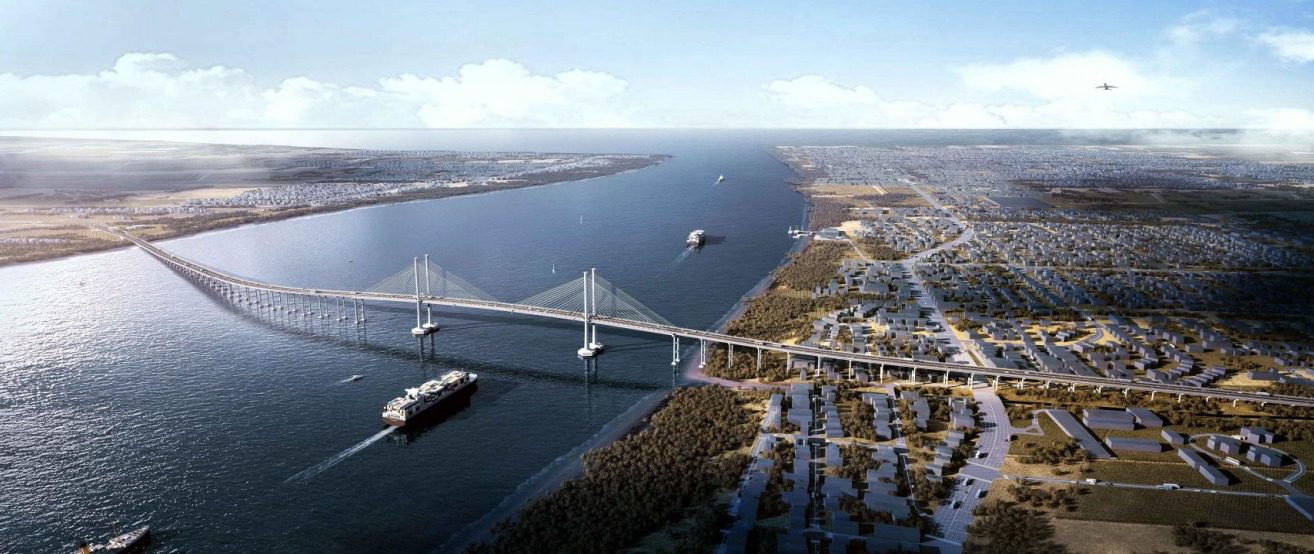Guyana’s oil bounty has blessed the country with record projected growth rates this decade. Economic growth in 2021, according to World Bank data, shows the South American country has already entered the top 100 per capita economies of the world.
The Bank states that Guyana’s per capita GDP updated up to 2021 is US$9,374.80. Its peers in this group are Cuba at US$9,477.90 per capita and St. Lucia at US$9,571.00 per capita.
In 2022, Guyana is expected to grow past the world’s average per capita GDP of US$12,262.90, likely moving about 20 places up, among peers such as Romania, Antigua and Barbuda and Trinidad & Tobago. All the while, much of the world, especially non-oil producing countries, fight tooth and nail to avoid economic recession. And further through the decade, Guyana’s projected growth rates will see it making further strides.
Trinidad offers lessons to Guyana, on the management of its petroleum resources, as the two countries share similarities. Trinidad’s economy is heavily dependent petroleum revenues. Guyana’s projected growth rate is now being pegged to the expected revenue from oil production. The difference is that Trinidad, with the petroleum sector accounting for over a third of its GDP, has been involved in the business for over 100 years. Guyana, having had its first commercial oil discovery made just seven years ago, is determined to grow its non-oil sectors so it is less dependent on petroleum than Trinidad currently is.
In this regard, the lesson Guyana is drawing from its twin-island neighbour is what not to do. Vice President Dr. Bharrat Jagdeo had come under fire earlier this year for saying that Trinidad’s economy is falling apart. When challenged on his comments, Dr. Jagdeo doubled down, saying that the dangers of the Dutch Disease have manifested in Trinidad and Tobago.
The Inter-American Development Bank (IDB) expects that Guyana’s oil exports will surpass US$3 billion, with the majority going toward the Stabroek Block contractor group, as they recover billions in investments. Oil exports will account for 59.7% of GDP this year. Hence, diversification will be a monumental task for Guyana, and will be even more so when current oil production levels of approximately 360,000 barrels per day (b/d) triple by 2027.
Minister of Finance, Dr. Ashni Singh, told a Saudi delegation in July that Guyana expects strong non-oil growth of 7.7%. According to the World Economic Outlook for 2022 by the International Monetary Fund (IMF), only a handful of economies will register total economic growth above this rate. This means that even though oil is largely responsible for the growth Guyana will experience this year, even when oil is not counted, Guyana will still be one of the fastest growing economies in the world in 2022.
However, it will take time for this growth to fully register in Guyanese society. Guyana’s oil windfall has already begun. And as the working-class grapples with age-old problems like unreliable power and water supply, bureaucratic public services, and inequality, it will take some time before Guyanese across all strata of society, begin to feel the benefits of the new oil wealth.
Especially in 2022, as the fallout from Russia’s invasion of Ukraine spikes commodity prices, reports about stunning economic growth for Guyana could sometimes have a numbing, even angering effect on working class Guyanese.
But the government has big plans to use oil revenues to modernise infrastructure, improve the quality of and access to critical social services such as health and education, and mitigate inequalities.
The administration argues that Guyana has a much better chance to adapt and mitigate in the face of climate-related natural disasters using its oil resources, since the developed world is falling short of delivering funds promised for this purpose. The government pledges that Guyana will facilitate development of its oil bounty in a climate-conscious manner, while meeting the world’s transition demand for low-impact barrels.



